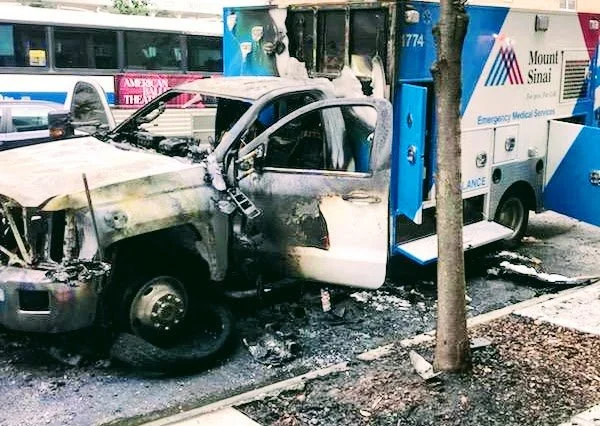BLT Venture Update (2H / July 2024)
We are pleased to write on behalf of Beyond Lucid Technologies, Inc. (“BLT”), because we have committed to doing more to communicate news in general, and success in particular, as we work to help the Mobile Medical ecosystem maximize its efficiency and power—including the ability to command compensation for its excellent work—leveraging interoperability and even artificial intelligence to deliver at-the-patient insights, saving time while improving awareness of clinical health needs. It’s a thrilling time to be a geek in this profession!
We see few more consequential ways to centralize the role of Mobile Medical professionals than to empower them with insights about the people who were likely involved in the crash. We also see an overlap with two emerging themes across our world:
(1) Community Paramedicine/Mobile Integrated Health, a longitudinal value-based model of care for chronic, and chronically acute, patients. The economics of CP/MIH depend on Responders knowing their patients’ needs before arriving to care for them; and
(2) Transfusion of whole blood in the field, which today requires Type O blood. But if the present Type O blood shortage in the U.S. persists, there likely won’t be enough for all agencies to access supply. We dare Mobile Medicine to re-imagine the notion of having to arrive “blind” to a crash scene. What if Responders knew that someone in the car has epilepsy, hemophilia, a mobility issue, or autism? What if an autonomous vehicle crashed while carrying a blind person who can’t escape?
As Steve Jobs liked to say...One more thing:
Responders themselves are often injured (or worse) in crashes involving ambulances, engines, and cruisers. If a Responder becomes a patient, how will the second-on-scene know their colleague’s allergies, invisible health needs, or next-of-kin contacts?
Did you know...?
Car crashes kill an Airbus A220-110’s worth of people daily. In 2023, Ann Carlson, former head of the National Highway Traffic Safety Administration, said the federal government has no good solutions for about 40,000 dead people on U.S. roadways—not including pedestrian deaths and lifelong injuries. But it does have funds to invest in innovations that focus on equitably reducing roadway injuries and deaths, starting with vulnerable roadway users—like those who cannot speak for themselves, due to their age, disability, or due to injuries sustained by the crash.
Since this time last year, we helped our partner-clients submit over $24.5 million of federal and state grants to support these objectives, where our “prehospital pipes,” specialty care registries, and A.I.-powered post-crash intelligence software will play a role in protecting both community members and Responders. All this in addition to:
Enabling Fire & Ambulance services to at last share data with public HIEs and a nationwide QHIN (via HIMSS TV);
Empowering a CP/MIH-type substance use intervention program in Southern California to win seven hospital contracts in under six months (their CEO said we “helped [him] sell” his firm’s services;
Receiving a “Go!” order (delivery confirmation) from one of America’s largest public safety EMS agencies, so a state highway patrol can document care digitally and share with two health information exchanges in real-time; and
Certainly not least: We won an contract to provide charting software to an on-base Fire-based EMS service of the United States Navy.
Yours in service,

